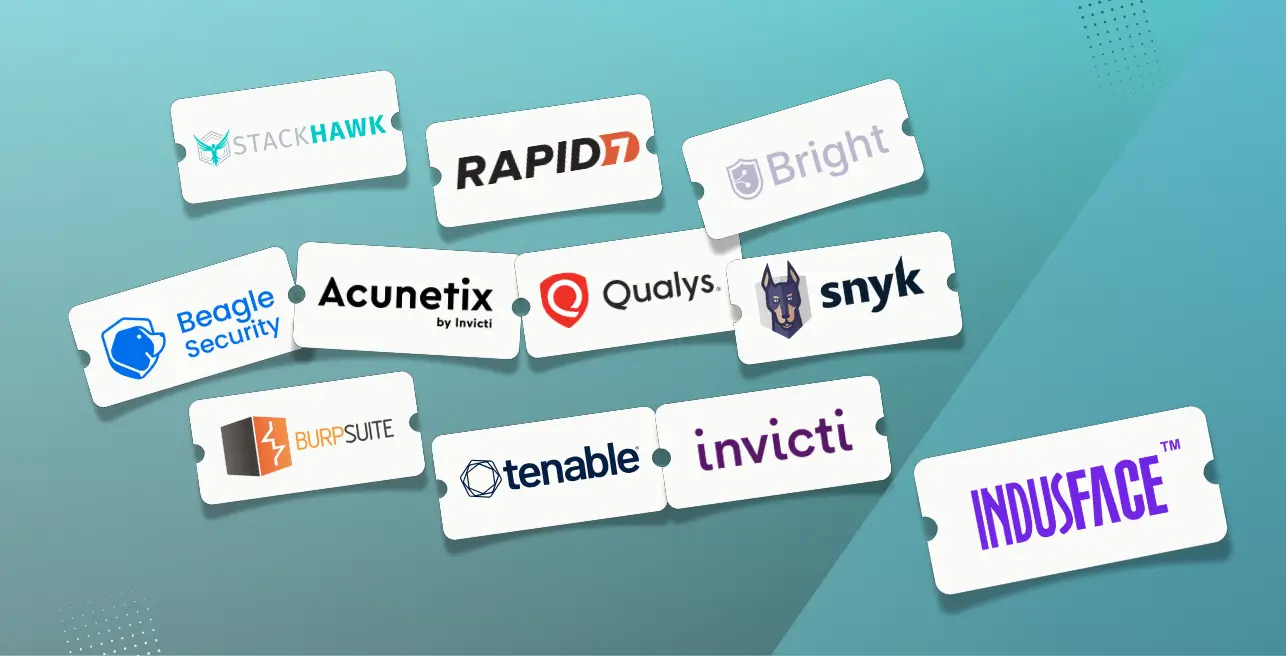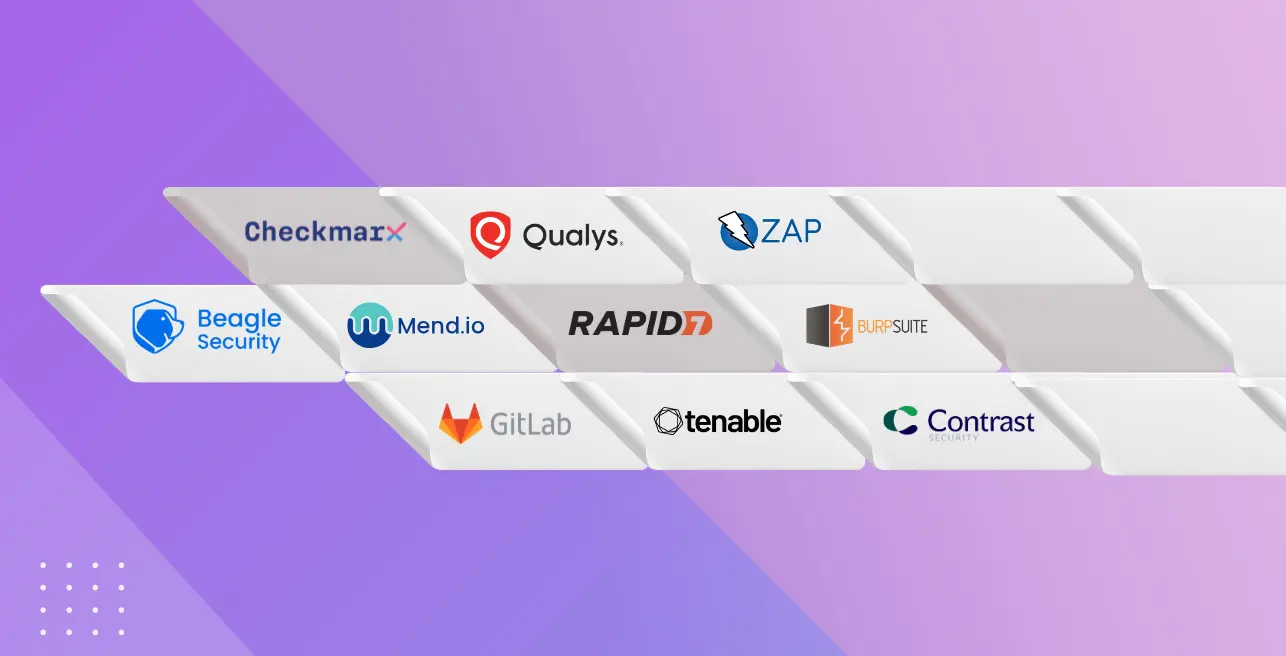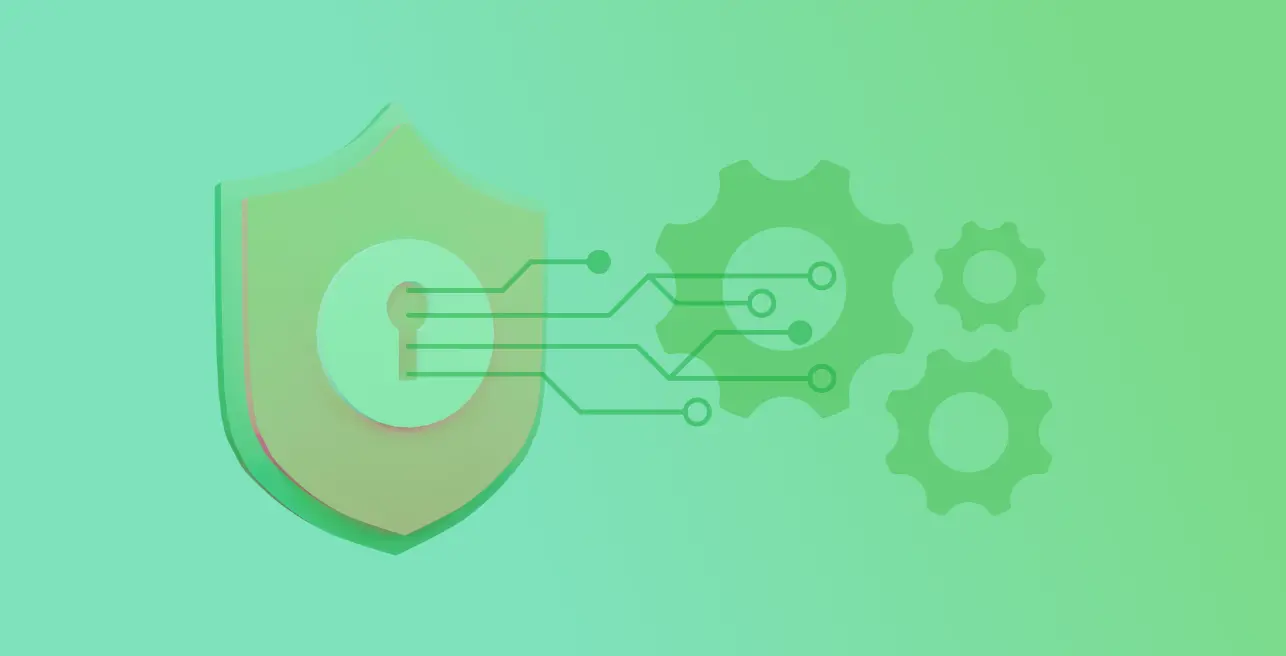
With the ever-growing sophistication of cyber threats, organizations face a constant battle to protect their sensitive data and digital infrastructure.
Vulnerability scanning stands as a cornerstone of such measures, providing organizations with invaluable insights into potential weaknesses within their digital infrastructure.
By systematically scanning for known vulnerabilities and misconfigurations, organizations can take preventive measures to strengthen their cybersecurity defenses. Vulnerability scanning allows organizations to proactively detect and identify potential security weaknesses and vulnerabilities within their systems.
But the utility of these scanners extends beyond preemptive security.
They play a crucial role in ensuring an organization adheres to compliance standards, simultaneously enhancing its overall security posture.
Yet, like any tool, vulnerability scanners have their limitations.
In the following sections, we’ll take a deeper dive into understanding vulnerability scanners, some of the limitations of vulnerability scanners and the modern alternative.
What is a vulnerability scanner?
Vulnerability scanners scrutinize networks, web applications, infrastructure components, and more, searching for known vulnerabilities. In layman’s terms, they’re on a constant lookout for any soft spots that could potentially be exploited.
How do they accomplish this? These digital sleuths employ a variety of strategies.
They reference a comprehensive database of known vulnerabilities, akin to a detective’s case files.
They conduct a series of predefined security tests, like a crime scene investigator meticulously dusting for prints. They check for any potential weaknesses, much like a forensic analyst examining a piece of evidence.
Yet they have their share of limitations, which can sometimes restrict their ability to deliver a comprehensive security solution. Thus, their role is best understood as one crucial part of a broader vulnerability management strategy.
But let’s not overlook their benefits.
How are vulnerability scanners useful?
Let’s delve into the 6 advantages vulnerability scanners offer for a proactive risk mitigation approach.
1. Automated scanning
Vulnerability scanners automate the process of identifying vulnerabilities within systems and applications. They can run credentialed scans in large networks and complex environments more efficiently than manual methods, saving time and effort for security teams.
2. User-friendly
Most vulnerability scanning tools have an intuitive user interface, making them simple to use.
As a result, using them presents little difficulty for system administrators and other users. However, it should be emphasized that the tool outputs contain some rather specialized information.
3. Continuous monitoring
Vulnerability scanners can be set up for regular or continuous scanning, allowing organizations to monitor their systems for new vulnerabilities as they emerge.
This proactive approach helps detect vulnerabilities in real time and ensures ongoing protection against emerging threats.
4. Prioritization of remediation efforts
Scanners provide vulnerability reports that include detailed information on the identified vulnerabilities, their severity levels, and potential impacts.
This enables security teams to prioritize their remediation efforts based on the criticality of the vulnerabilities, allocating resources effectively.
5. Compliance and audit support
Vulnerability scanners help organizations meet compliance requirements by identifying vulnerabilities that may violate industry standards or regulatory frameworks.
By regularly scanning and addressing vulnerabilities, organizations can demonstrate their commitment to maintaining a secure application.
6. Risk mitigation
By scanning for vulnerabilities and addressing them promptly, organizations mitigate the risks associated with potential cyber-attacks.
Vulnerability scanners help identify vulnerabilities before any mishaps, reducing the attack surface and enhancing overall security.
7 limitations of vulnerability scanners
While vulnerability scanning is a valuable practice, it is important to be aware of its limitations. It is crucial to understand these limitations and use vulnerability scanning as part of a comprehensive security strategy that includes other practices such as automated penetration testing, security awareness training, and regular security updates.
Here are some of the most prominent limitations of vulnerability scanning:
1. Limited scope and remediation guidance
Vulnerability scanners, while powerful, have their constraints. Primarily, they operate based on predefined checks, which means they’re only as good as the rules they’re coded with. Consequently, they might overlook vulnerabilities that fall outside these set parameters or those that necessitate manual inspection.
Moreover, while they’re adept at pointing out issues, they don’t always offer a comprehensive solution.
Upon detecting a vulnerability, many scanners provide basic remediation suggestions, leaving security teams to dig deeper independently. This can mean more legwork for engineers and developers, who might need to seek out additional resources or expertise to patch things up effectively.
2. Lack of contextual reporting
Vulnerability scanners often operate with a broad perspective, not always fine-tuned to the intricate details of an application’s tech stack.
Because of this, they may highlight vulnerabilities based on general rules without tailoring the findings to the unique technical architecture in place.
As a result, remediation suggestions might not always align with the specifics of the application, leading to potential mismatches in solutions and possibly wasted effort.
For teams, this underscores the need for a discerning eye when interpreting scanner reports, ensuring that the recommended actions fit the specific tech landscape of the application.
Looking for a better way to get more contextual information for your vulnerability remediation? Read more about Beagle Security’s contextual reports.
3. False positives
A common hurdle with vulnerability scanners is the generation of false positives.
In other words, they sometimes sound the alarm for vulnerabilities that, in reality, aren’t there.
Especially in larger IT infrastructures, with a plethora of applications, sifting through these results and discerning the genuine threats from the false flags becomes a demanding task.
The fallout? Security teams might find themselves spending valuable time and resources chasing shadows, addressing issues that were never really threats to begin with.
4. Lack of depth
While vulnerability scanners excel at pinpointing known vulnerabilities, their reach has limits, particularly when dealing with intricate applications.
They operate primarily on predefined rules, and as a result, certain nuanced or hidden vulnerabilities that necessitate manual analysis or sophisticated testing methods might go undetected.
It’s a reminder that, though scanners are invaluable, they aren’t a replacement for deep, meticulous testing and expert scrutiny.
5. Limited understanding of business logic vulnerabilities
Vulnerability scanners are coded to spot patterns, but they often fall short when it comes to grasping the nuanced business logic embedded within applications.
Consequently, they might miss vulnerabilities stemming from flawed logic or improper user input handling. Especially when dealing with applications that rely on intricate business logic, most automated web vulnerability scanners struggle, reinforcing the necessity of human or AI expertise in spotting and rectifying such unique and complex vulnerabilities.
If you’ve been struggling with this, Beagle Security’s scenario recorder can help you. Read more about it here.
6. Difficult to detect out-of-band vulnerabilities
Vulnerability scanners conventionally depend on a direct line of communication with the target to suss out vulnerabilities.
However, this method hits a snag when confronted with out-of-band vulnerabilities.
These security flaws don’t require direct interaction with the target. Instead, they exploit indirect channels or ancillary systems, giving them an avenue to compromise the primary target.
Given their indirect nature, these vulnerabilities often slip past traditional scanning methods, presenting a silent but potent threat.
7. Struggle to scan single-page applications
Single-page applications (SPAs) represent a unique challenge for vulnerability scanners.
SPAs operate by dynamically updating their content on one web page, negating the need for complete page reloads. This dynamic behavior can befuddle traditional scanners.
The ever-changing interactions and rendering mechanisms of SPAs can lead scanners astray, causing them to either overlook specific vulnerabilities or deliver imprecise results.
As SPAs become more prevalent, this limitation underscores the need for more advanced or specialized scanning techniques.
Overcome the limitations of vulnerability scanners: Beagle Security for automated penetration testing
While vulnerability scanners have their utility in the realm of application security, organizations need to evolve with the sophistication of application security threats.
That’s where Beagle Security’s approach to automated penetration testing differentiates.
1. In-depth automated penetration testing
Traditional vulnerability scanners operate on predefined checks, often missing the intricacies of a full-blown cyber-attack.
Beagle Security goes beyond, providing in-depth automated penetration testing that uncovers vulnerabilities that even some manual testers might overlook. The depth of this testing ensures a more robust security evaluation, giving organizations a clearer understanding of their potential weak points.
2. AI-powered human-like pentesting
Beagle Security’s AI engine mimics the approach of human penetration testers.
Unlike standard scanners that rigidly follow a set pattern, Beagle Security’s AI engine brings adaptability into the testing process.
The primary benefit? A significant reduction in false positives, ensuring that security teams focus their energy and resources where it matters.
3. Scenario recording for business logic vulnerabilities
One of the main pitfalls of regular vulnerability scanners is overlooking business logic vulnerabilities.
With Beagle Security’s scenario recording feature, you can record the logical user flows of your application to teach the AI engine how to navigate inside your application.
This ensures that vulnerabilities rooted in the application’s logical processes, often missed by other tools, are identified and rectified.
4. Advanced SPA crawling
Single Page Applications (SPAs) are increasingly popular, but they bring a unique set of challenges for conventional vulnerability scanners.
Beagle Security’s AI engine is adept at crawling and pentesting SPAs. It understands the dynamic nature of SPAs, ensuring vulnerabilities within these applications are detected with precision.
5. Dynamic test case selection based on tech stack
One size doesn’t fit all in application security. We understand this, which is why the platform doesn’t deploy a blanket approach to testing.
Instead, it tailors its test cases based on your technology stack, ensuring relevant and thorough testing. By understanding the unique nuances of your tech environment, Beagle Security offers a more focused and efficient testing approach.
6. Contextual remediation guidance
Identifying vulnerabilities is half the battle. Fixing them is where the real challenge lies for many organizations. Beagle Security’s reports offer contextual remediation guidance, taking into account your specific tech stack. This ensures that the advice you receive isn’t just generic but tailored to your specific environment, making the remediation process more straightforward and effective.
Get started with Beagle Security today – play around with our interactive demo environment or book a personalized demo.


![Top AWS security tools by category [2025] Top AWS security tools by category [2025]](https://beaglesecurity.com/blog/images/top-aws-security-tools-by-category-840.webp)


![Top AppCheck alternatives [2025] Top AppCheck alternatives [2025]](https://beaglesecurity.com/blog/images/top-appcheck-alternatives-840.webp)






![Top cyber security companies in Canada [2025] Top cyber security companies in Canada [2025]](https://beaglesecurity.com/blog/images/top-cyber-security-companies-in-canada-840.webp)


